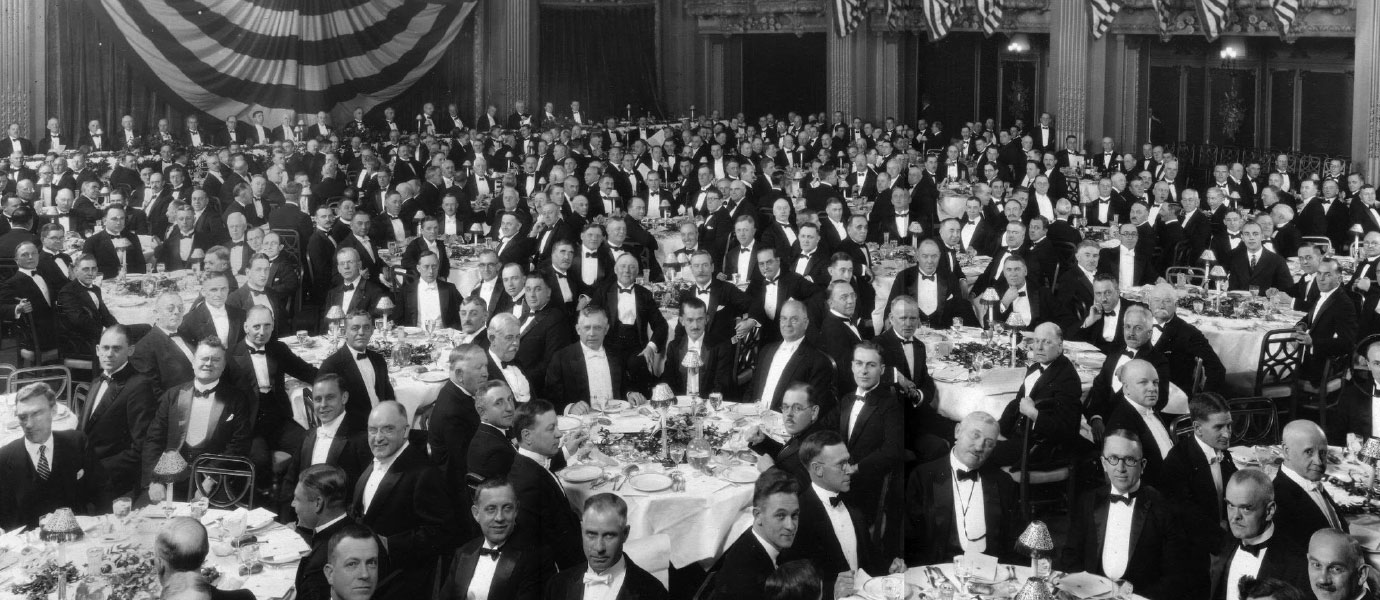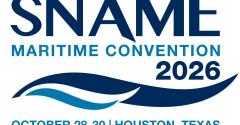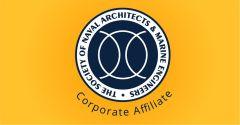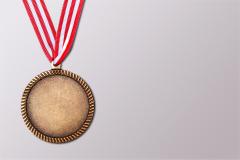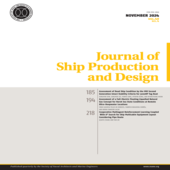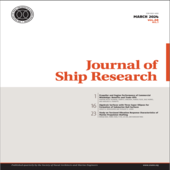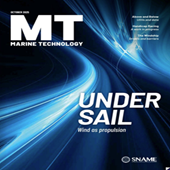Technical and research (T&R) | Bulletins and reports
The mathematical-hydrodynamical considerations on the wave resistance of ship-shaped bodies present, in this writer's opinion, the most interesting problems met in theoretical Naval Architecture. The first experimental towing tanks were designed primarily for research on this aspect of ship resistance. A tremendous amount of experimental work has been done, the data on which are available in the transactions of the many engineering institutions. The goal, to express the wave resistance of a ship as a function of its shape, has nevertheless not yet been attained by the experimental method. On the other hand it cannot be denied that systematic model testing is the most important method of approach when considering improvements in the resistance characteristics of a ship.
About a year ago the Sea Weather: Office issued a small publication on wave statistics as the first result of wave observations by weather ships in the North Atlantic. This was done to overcome the existing need for information on the frequency of the various sea states in the North Atlantic.
The present publication is to be considered as complementary to the above-mentioned research. The basic period of the observations has been increased from one to two years; to wit from 1 November 1950 to 31 October 1952. In addition to giving the frequency distributions of wave heights and wave periods (viz. lengths) subdivided as in the previous publication, we have tried to derive the frequency distribution for specific combinations of both variables. On the basis of this representation, it is possible to make certain statements as to the wave steepness.
The observed data have been taken from the weather radio messages of the North Atlantic weather ships. Because the original logbook observations have not been published as yet, it has been necessary to take into account the reduction inaccuracy of the data due to the coding as well as the possibility of errors in transmission which always exist with the radio messages. However, spot checking of the original data against the radio messages have a good agreement, and the confidence in the weather news service has so increased that the possibility of transmitting errors can be considered as negligible.
In this sense, it is not a research paper (although some new methods are presented), but rather a distillation of research done over the past several decades into a form which can be applied. No attempt will be made to explain the development of the various recommended formulae since those who are interested in such details can consult the references which are cited. On the other hand, a very elementary description is given at the outset of the physical characteristics which have an important bearing on the determination of the minimum pressure attained on the surface of a body or section and hence on the speed at which the phenomenon of cavitation may be expected to ensue. It is pointed out that the onset of cavitation depends upon many things other than the ideal steady-state. pressure in the liquid as given by the estimates presented herein and hence the predictions made must be considered simply as estimates which are nonetheless of use in direct as well as in a comparative sense.
Treatment of the material is divided into three main categories, i.e., flows in two dimensions, axially symmetric bodies in axial- and cross-flows and certain three-dimensional flows. In the first two of these, results for existing forms are condensed and presented to show the importance of such shape parameters as thickness ratio, leading edge radius, slenderness ratio and the integrated effect of overall shape. This is followed by elucidation of a method for computing the pressure distribution about an arbitrary form (one which has not been previously computed) in terms of operations on the offsets of the body. The existence of computer programs for such calculations is announced. The scope of the last section on three-dimensional flows is limited because of the paucity of existing material and the general difficulty in carrying out calculations in this case. Simple superposition techniques are advanced for engineering analysis of juncture flows.
Let us consider the problem of small harmonic oscillations of a body under the free surface of a heavy, incompressible fluid of finite depth.
This sheet is intended to serve as a convenient standard form for presenting the lines, coefficients of form, and smooth-water model-test results for both hard-chine and roundbottom small craft. Now that the format has been developed, the Society intends to publish a number of these sheets, each one dealing with a particular hull form. This undertaking bears a close resemblance, of course, to the previous development and issuance by the Society of datasheets for large ships.
